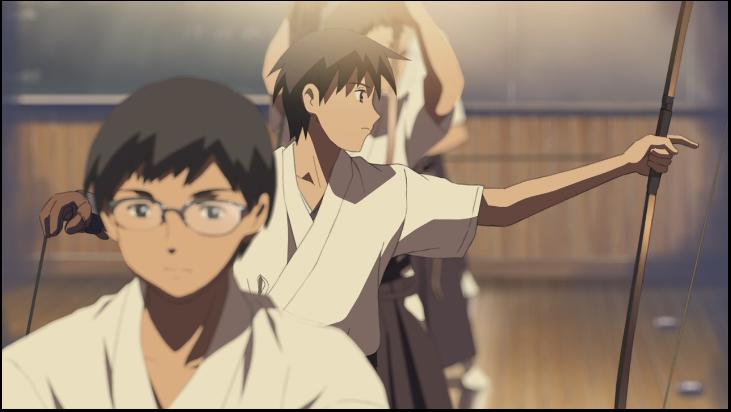Kyoto University Graduate Student Tennis Circle
The Kyoto University graduate student’s tennis circle has been an interesting experience so far for me. Recently, it has become more difficult to hold practices due to poor weather, cold, and busy schedules. Despite some of these minor setbacks, I have still enjoyed enriching cultural experiences as a member of the group.
First of all, I am the only foreigner in this tennis group, and furthermore, I am the only undergraduate student, making me the youngest by several years. As a result, the first source of confusion that surfaced was with regard to formality. In terms of tennis experience, I am relatively advanced compared to most of the group members, but of course, I am younger than all of them, and a new member of the group. I was unsure how to address people at first, and it was difficult enough trying to remember a large number of new names. However, the group seems to adhere to a rule of addressing people by their last names, although I seemed to be the one exception to that rule, since I requested that they call me Joseph.
The group seems to have a healthy mixture of skill levels, although I wish the more experienced players would show up more often. The composition of the group changes significantly each week. I attended one dinner party for the group as well, and to be honest, I didn’t recognize the group at first, seeing so many new faces.
I would definitely recommend a tennis group for exchange students of all levels. The sport is not based too heavily on verbal communication, so it’s possible to enjoy the practices without a lot of unusual vocabulary, and there’s time between rallies and after practice to socialize with the other members. Also, tennis is one of the sports in Japan where a very large proportion of the terms are borrowed from English. “ナイスラリー、Nice rally” and “ナイスショットnice shot” can be heard countless times throughout practices. The phrase in Japanese you will probably hear more than anything else is, “すみません、excuse me/sorry.” If you hit a good shot that your partner had trouble getting back, you apologize. If you miss a shot because your partner hit it well, you apologize. In other words, no matter what your skill level and relationship to your partner, you apologize. It can be excessive at times, but overall the cordiality is nice, slightly amusing, and still preferable to rudeness.
After nearly a full semester as part of this group, I am for the most part a regular member of the group, and treated as such. One incident that gave good evidence for this was a conversation with some of the other members about hockey in Japan versus America. I was asked about teams in America, and if there was a team in Seattle. I mentioned that we have a minor team, the Everett Silvertips. The “Everett Silvertips” is a terribly awkward phrase to say in katakana Japanese, so I left it as is when I mentioned it. The others looked slightly stunned for a moment, explaining to me that they occasionally forgot that I’m a native English speaker, since I hardly ever used English during practices.
It seems that tennis can be an enjoyable extracurricular activity, regardless of Japanese skill level. If you’re looking for immersion into Japanese culture, I might recommend choosing something more traditional. In retrospect, I think it might have been more valuable to use my Taiko drumming class as my CIP, English tutoring, or volunteer work with disabled Japanese youth. However, it is still both interesting and useful to gain a new perspective on an activity one has only viewed from an American perspective, and see how it has been adopted and tailored for Japanese society, including ways in which it reflects aspects of Japanese culture, while still retaining foreign aspects as well. Since I will be continuing at KCJS for the spring semester, I plan to look into other potential CIP activities, but will most likely still continue practicing with the tennis circle.

